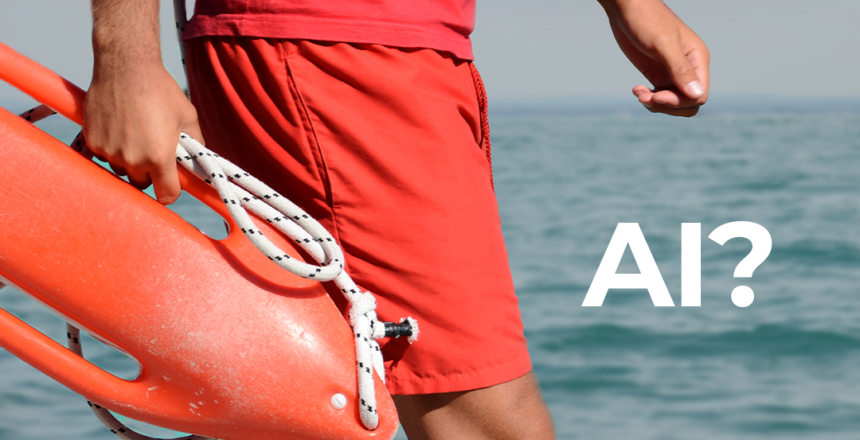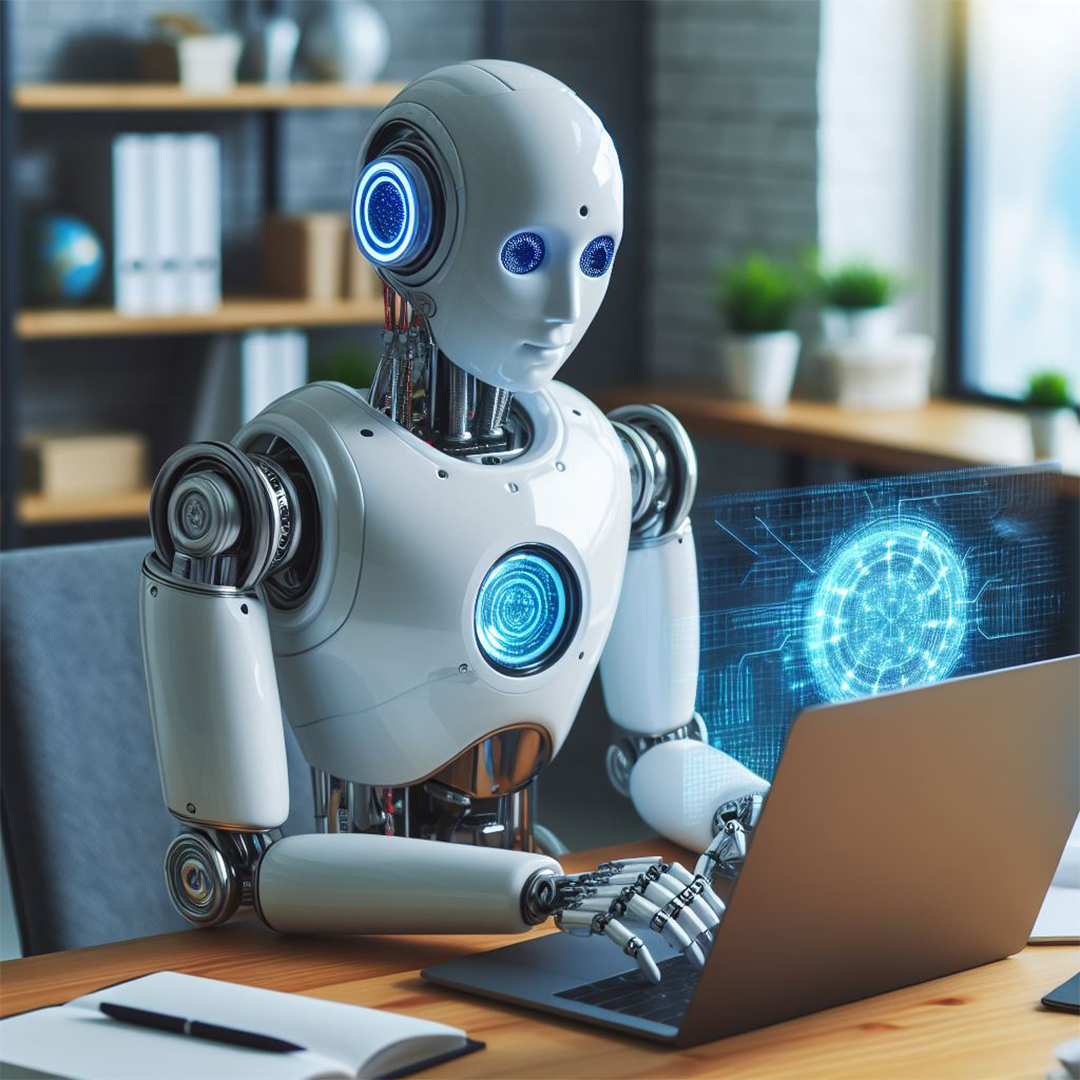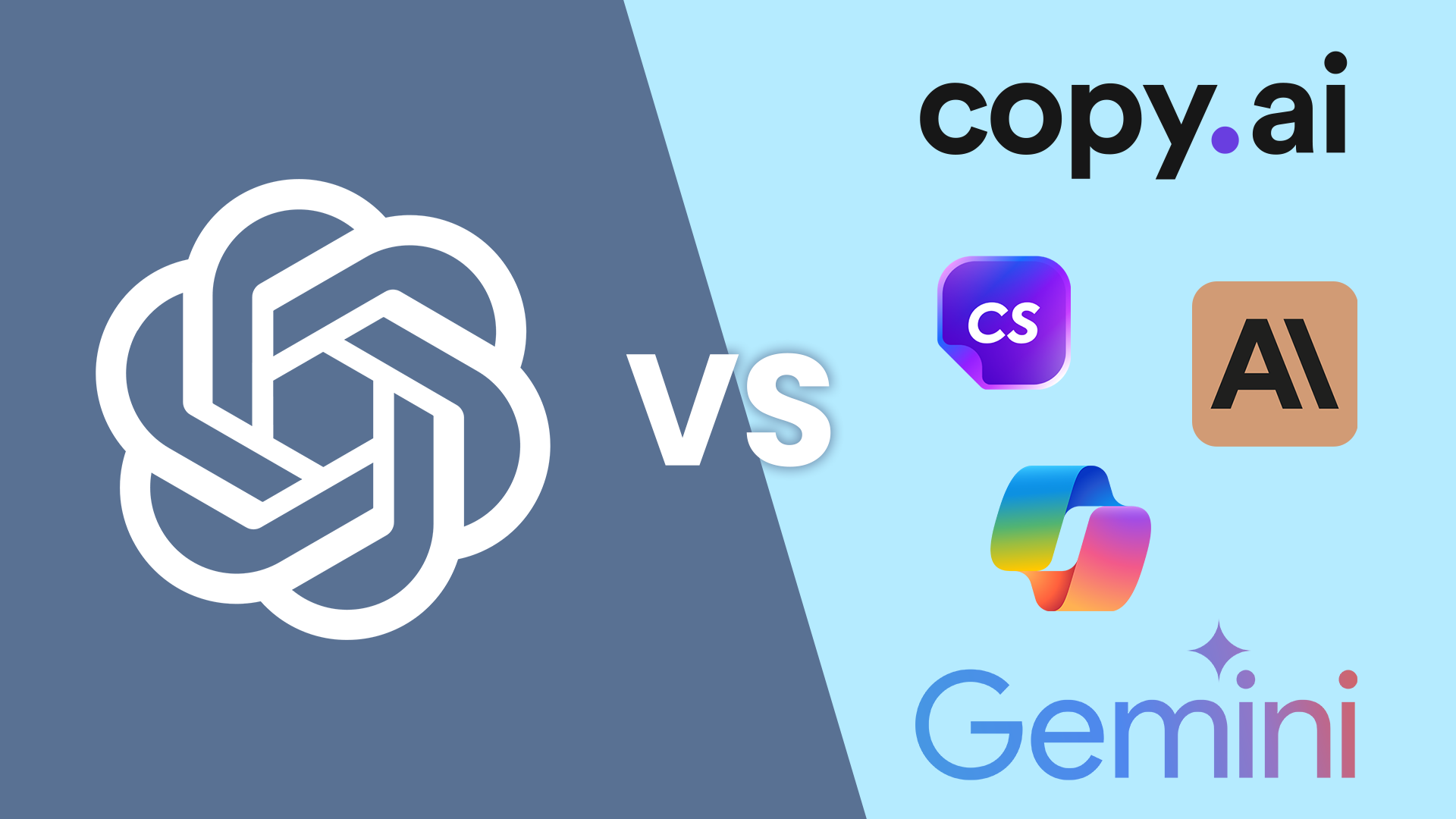In today’s rapidly evolving technological landscape, it’s easy to assume that Artificial Intelligence (AI) has infiltrated every nook and cranny of our lives. While AI undoubtedly plays a prominent role in numerous industries, you might be surprised to learn that it can even find a meaningful place in fields where its application seems unlikely. So, we dare you to find an industry that doesn’t need AI’s potential – and to prove our point, let’s dive into the world of lifeguarding.
Table of Contents
AI’s Potential in Lifeguarding: A Surprising Partner
When we think of lifeguards, we envision brave individuals donning red swimsuits, perched atop tall chairs, vigilantly scanning pools and beaches for potential dangers. It’s a quintessential human role, isn’t it? Well, yes, but AI can play a meaningful part here too.
Consider AI-driven surveillance systems. With advanced image recognition and video analysis capabilities, AI can monitor vast stretches of water, looking for any signs of distress or unusual behavior. These systems can identify struggling swimmers, unauthorized entries into restricted areas, or even detect hazardous conditions like rip currents or overcrowding. Imagine lifeguards receiving real-time alerts on their devices, allowing them to respond swiftly and efficiently to potential emergencies, all thanks to AI’s potential.
AI, the Silent Guardian Enhancing Lifeguard’s Potential
Now, imagine a lifeguard’s rescue equipment boosted by AI. Drones equipped with AI algorithms can be deployed quickly to drop life preservers to swimmers in distress. These AI-enhanced drones can navigate through complex beach environments, helping reach those in need faster than a human lifeguard could. Here, AI saves valuable seconds, which can make all the difference in a life-and-death situation.
Moreover, robotic lifeguard devices have been developed with AI assistance. These devices can autonomously patrol the waters, scanning for signs of danger. When a swimmer is in trouble, the device can quickly reach them, providing buoyancy and assistance until human help arrives. AI’s potential empowers these robots to analyze situations, make split-second decisions, and navigate challenging conditions safely.
AI’s Potential in the Human Touch
Of course, lifeguarding isn’t just about physical rescue—it’s also about human interaction and empathy. AI may excel at data analysis and rapid response, but it can’t replace the soothing words and reassurance that a lifeguard offers to a frightened swimmer. However, AI can play a supporting role here too, showcasing the breadth of AI’s potential.
AI-driven chatbots can provide information on water safety, answer common questions, and even offer simple first-aid advice to beachgoers. They can help educate the public about potential risks and safety measures, freeing up lifeguards to focus on their primary role of ensuring physical safety, all thanks to AI’s potential to enhance human interactions.
The Bigger Picture: AI’s Potential Across Industries
The lifeguard example illustrates a broader point: AI can find applications in unexpected places, demonstrating the versatility of AI. While lifeguards will always be essential for water safety, AI’s potential can enhance their capabilities, making beaches and pools even safer for everyone. This story mirrors countless others across different industries.
AI’s potential is not just about replacing jobs or automating tasks—it’s about augmenting human potential. In fields where human judgment, intuition, and compassion are paramount, AI’s potential can provide valuable tools to make those jobs more effective and efficient. So, the next time you think your industry or job is AI-proof, think again and consider the untapped potential AI can offer.
AI’s Potential Beyond Lifeguarding
Now, let’s venture beyond the shores of lifeguarding and explore how AI’s potential can make its mark in various industries you might not expect, underscoring the profound impact of AI’s potential:
1. Agriculture: AI-powered drones and sensors monitor crop health, optimize irrigation, and predict crop diseases, showcasing AI’s potential to revolutionize farming.
2. Entertainment: AI-generated music and art, along with content recommendation algorithms, shape the entertainment we consume, unlocking AI’s creative potential.
3. Fashion: AI-driven design tools help fashion designers create unique patterns and styles, unleashing AI’s potential for artistic innovation.
4. Food Service: AI-enabled robots can prepare food and even serve customers in some restaurants, illustrating AI’s potential to transform the culinary world.
5. Construction: AI assists in project management, optimizing resource allocation, and monitoring structural integrity, highlighting AI’s potential to redefine construction processes.
6. Archaeology: AI aids in analyzing satellite imagery and excavating historical sites more efficiently, showcasing AI’s potential to unearth hidden treasures of the past.
In conclusion, while AI’s potential may not be the starring act in every industry, it certainly plays a meaningful role, enhancing human capabilities, and making our lives safer and more efficient. So, don’t be too quick to dismiss AI in your field. Just like the lifeguard who relies on AI to keep the beach safe, you might find that AI can be your silent guardian, helping you navigate the waters of your profession more effectively than you ever imagined. Embrace AI’s potential, and you’ll discover endless possibilities for growth and innovation across industries.
NPEC understands how you can best take advantage of emerging AI technologies to benefit your business. Follow us on social media for more tips and insights on AI and the future.




